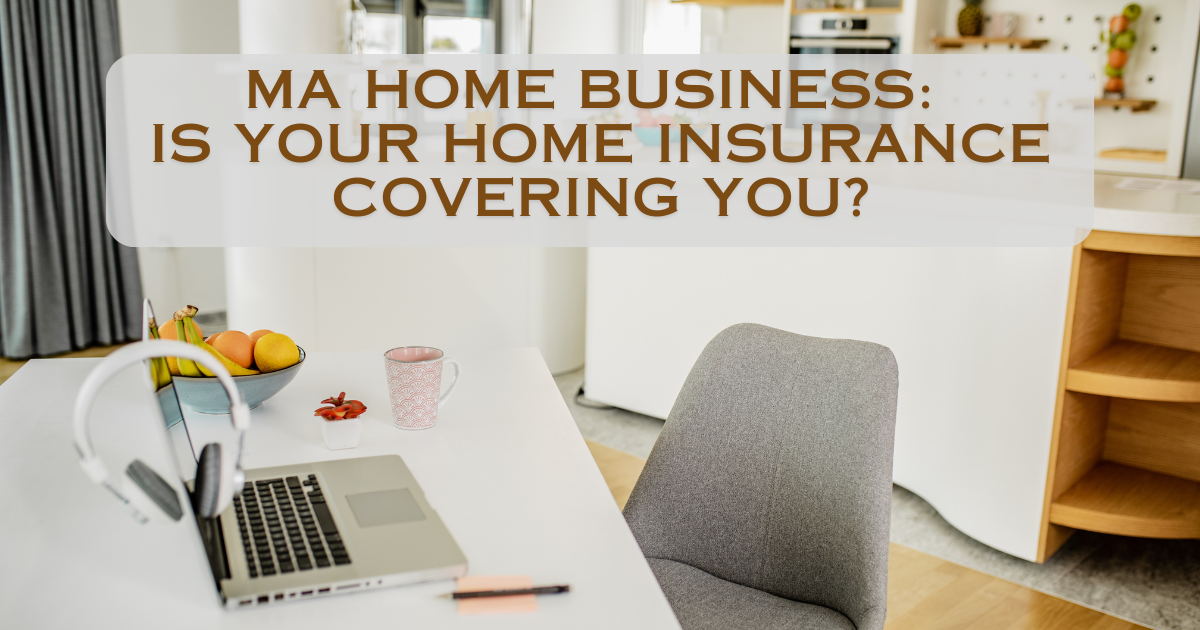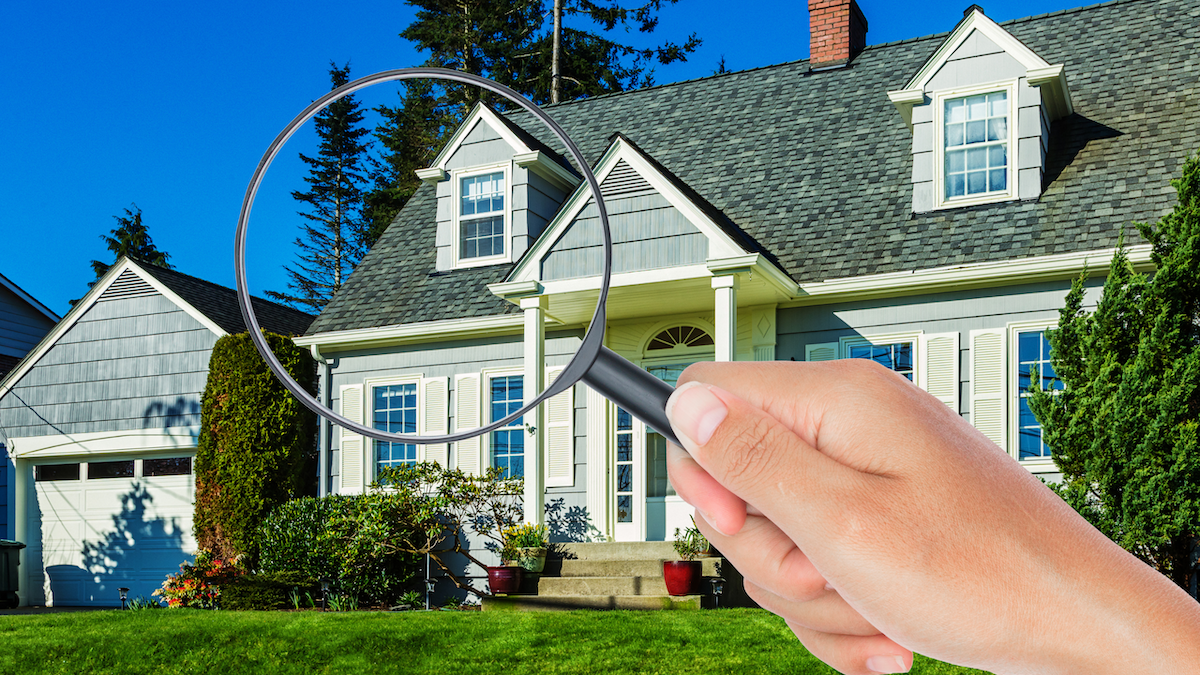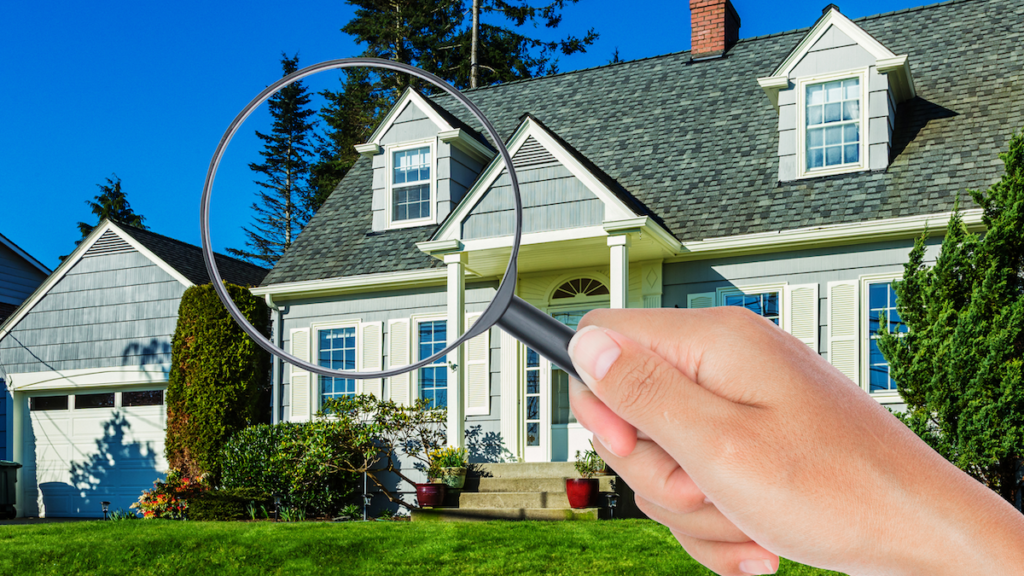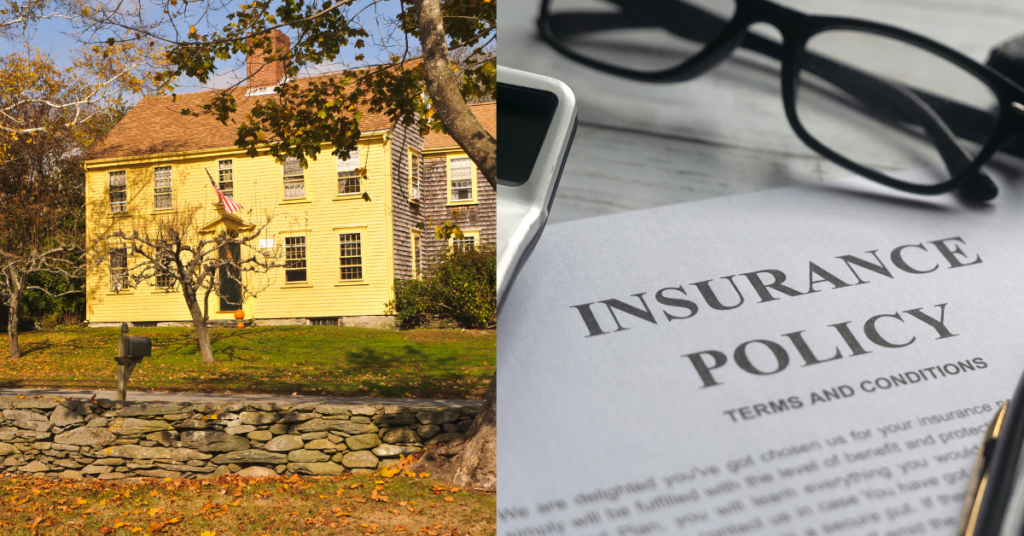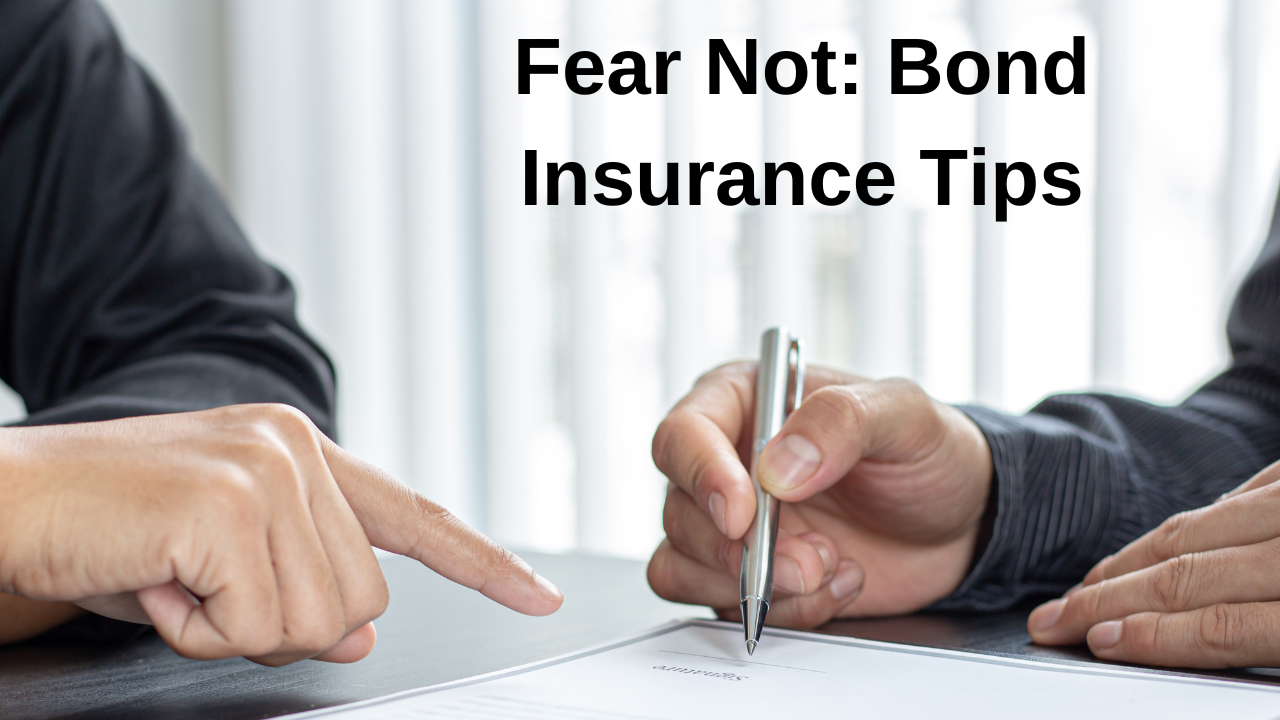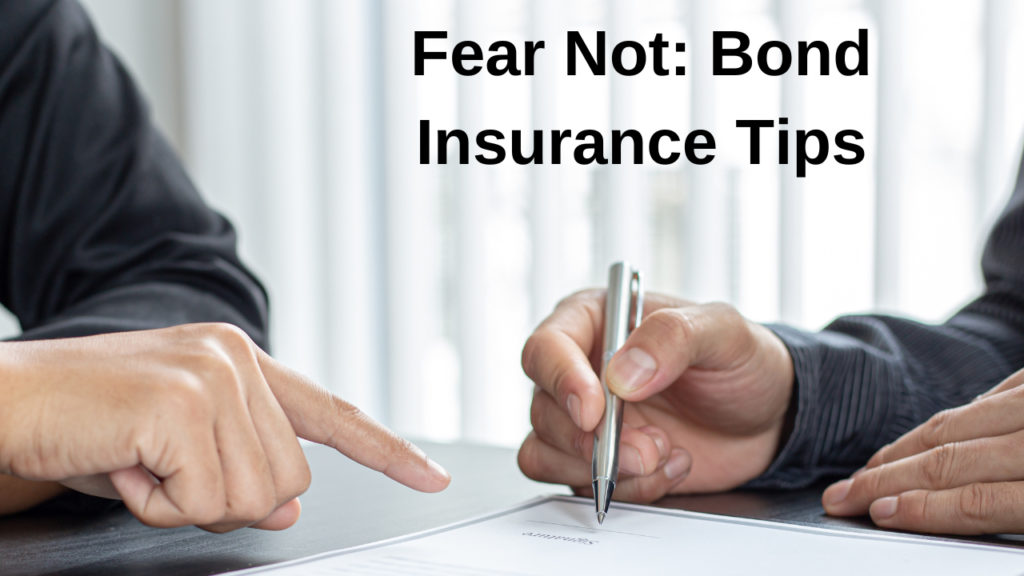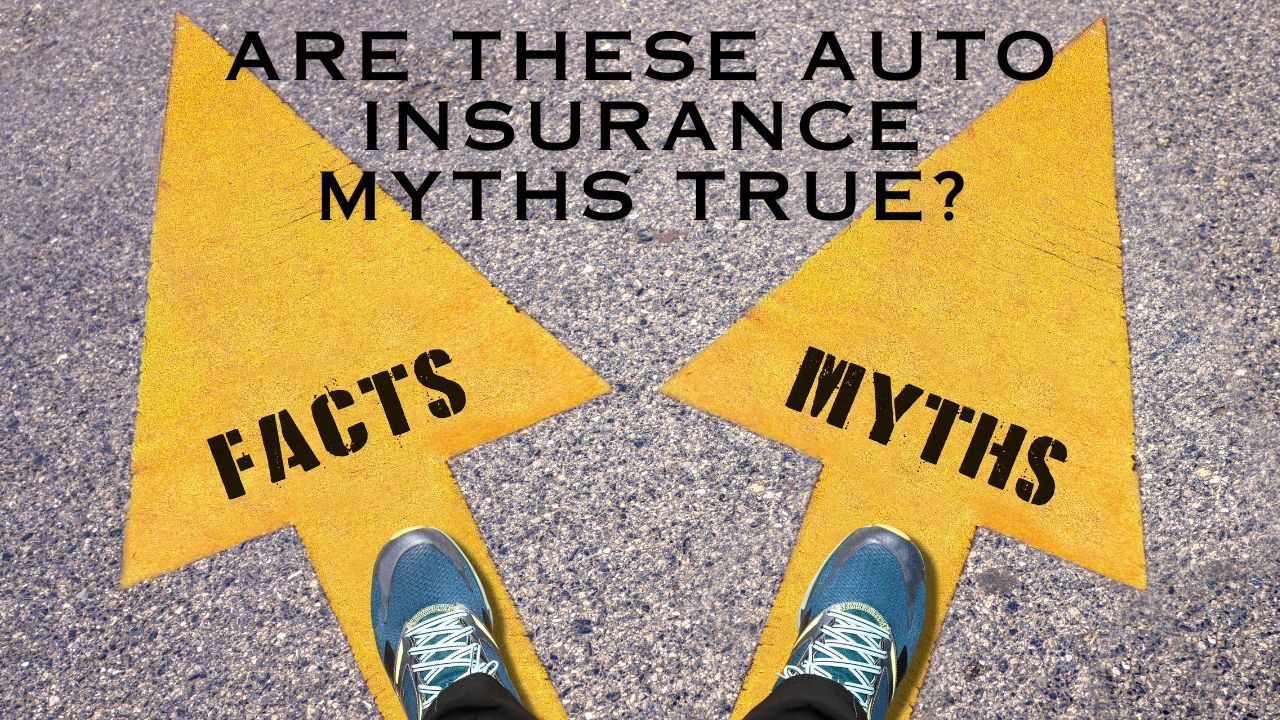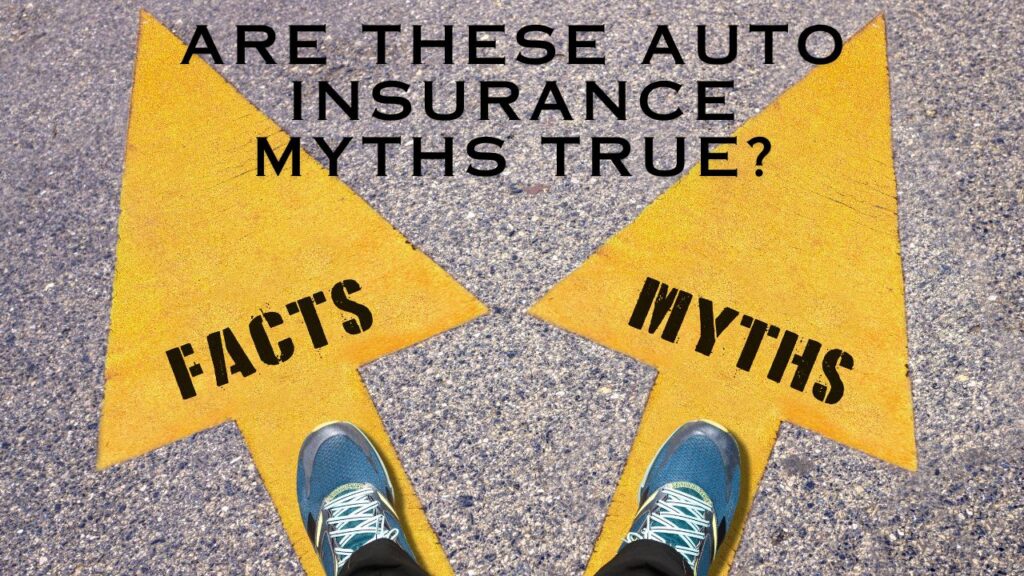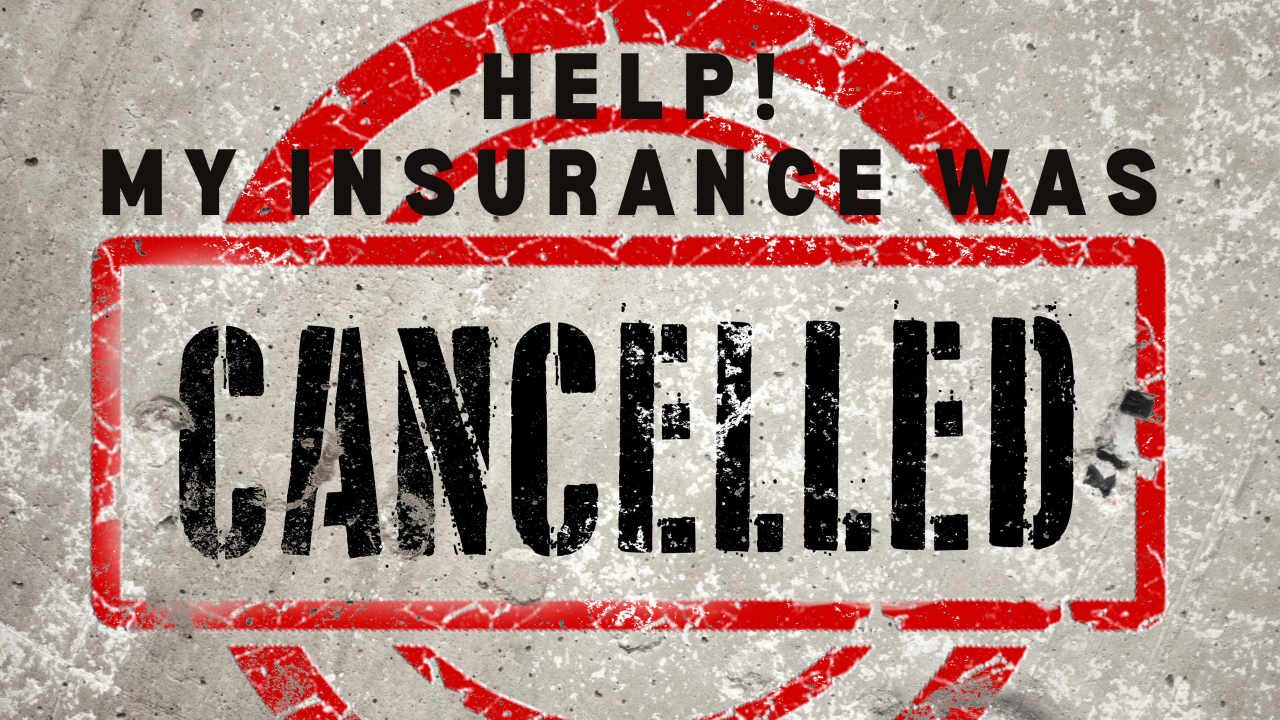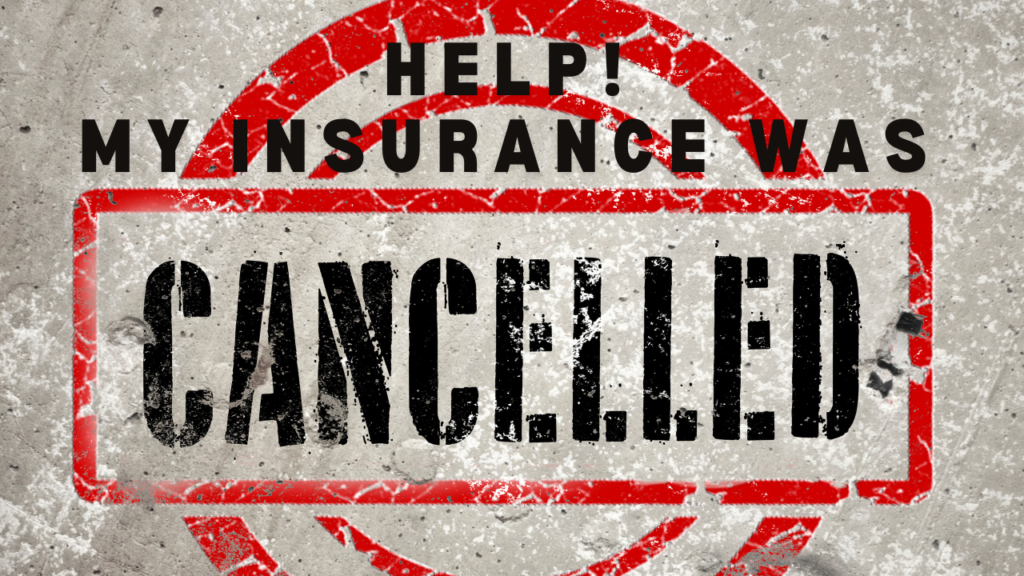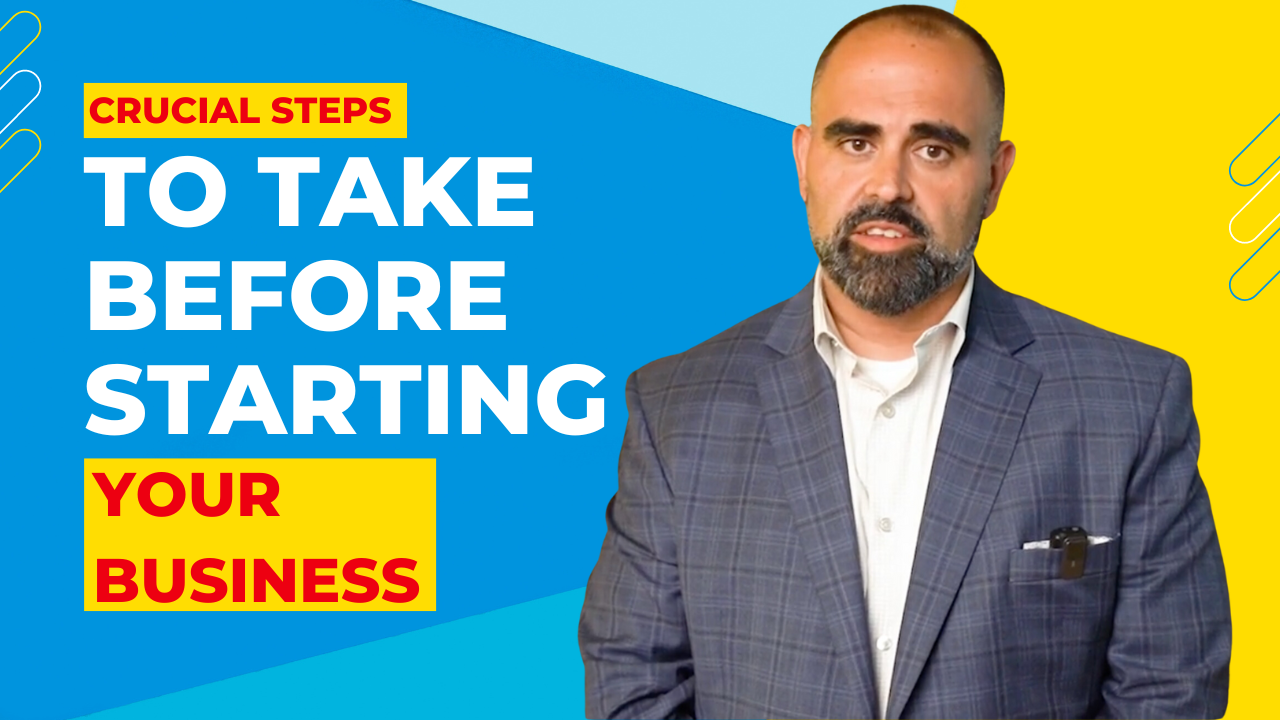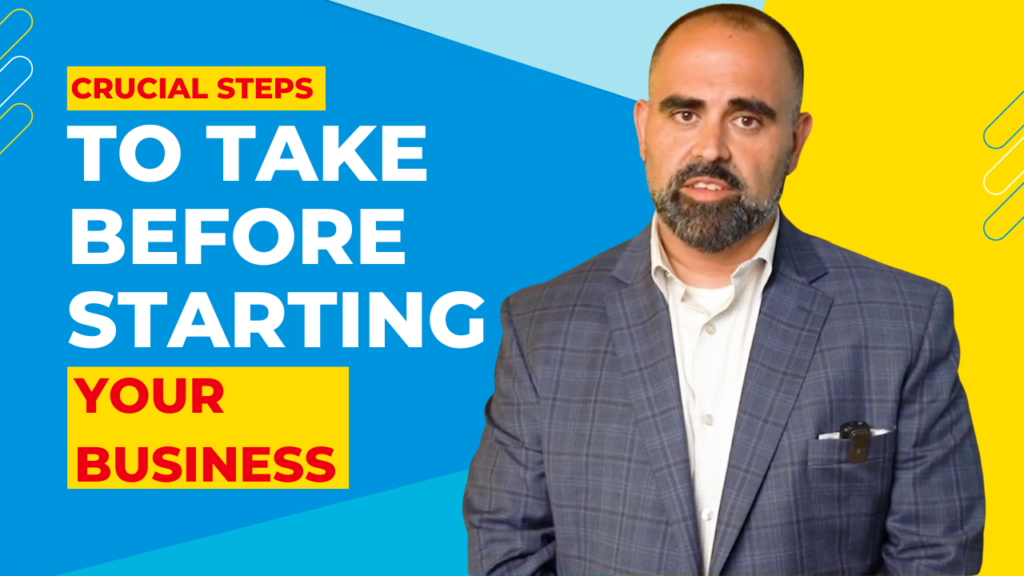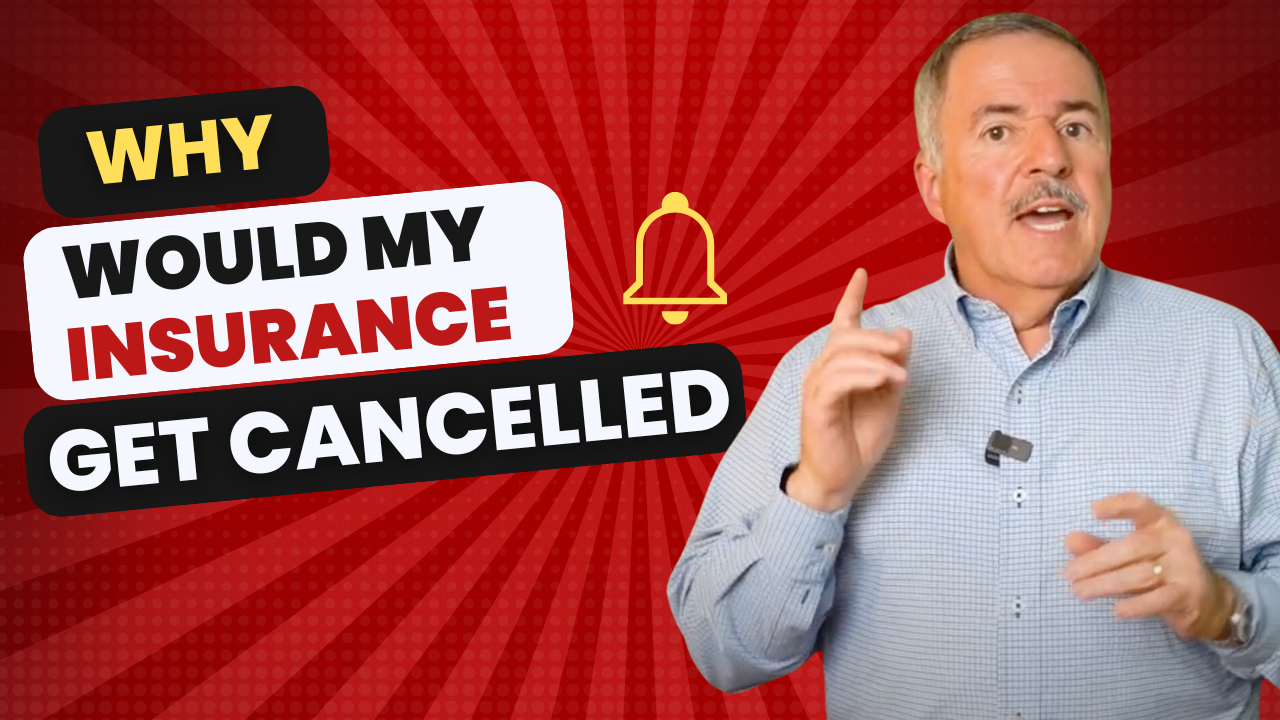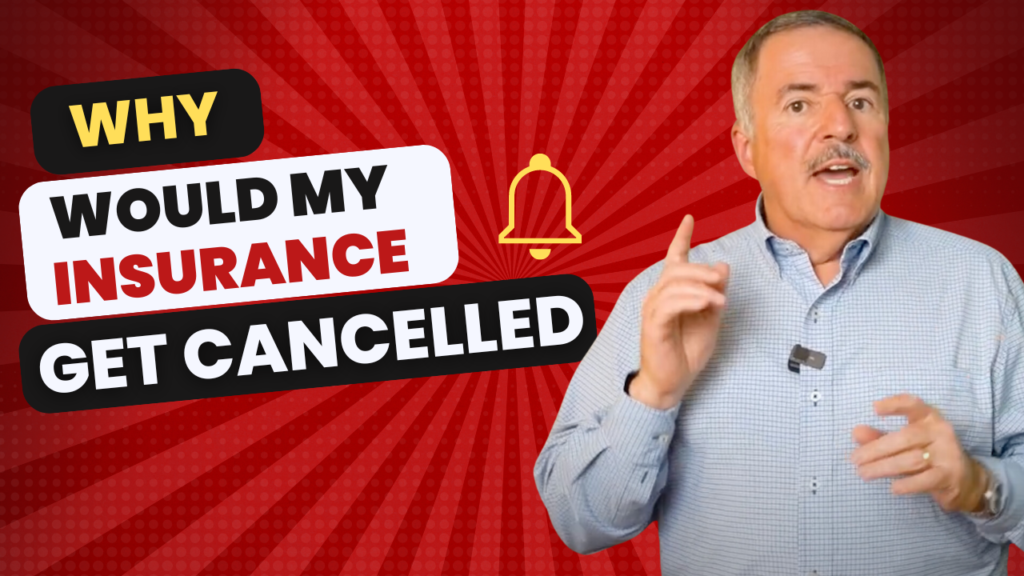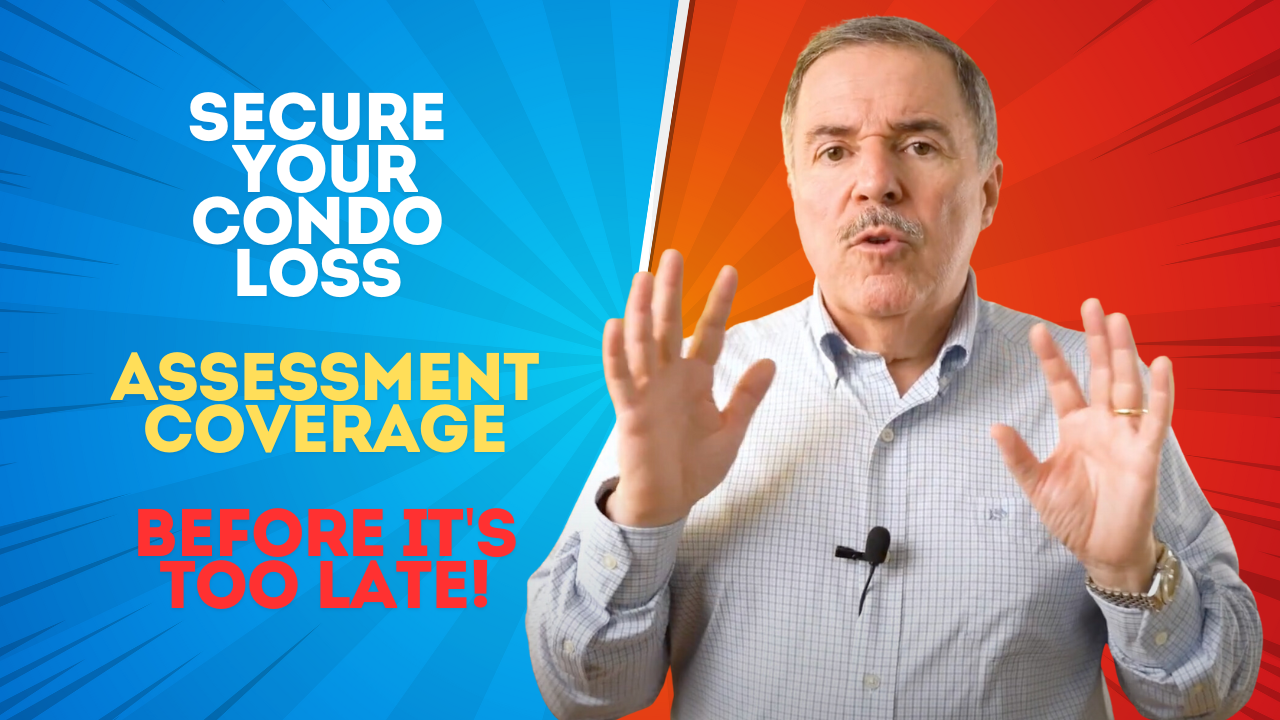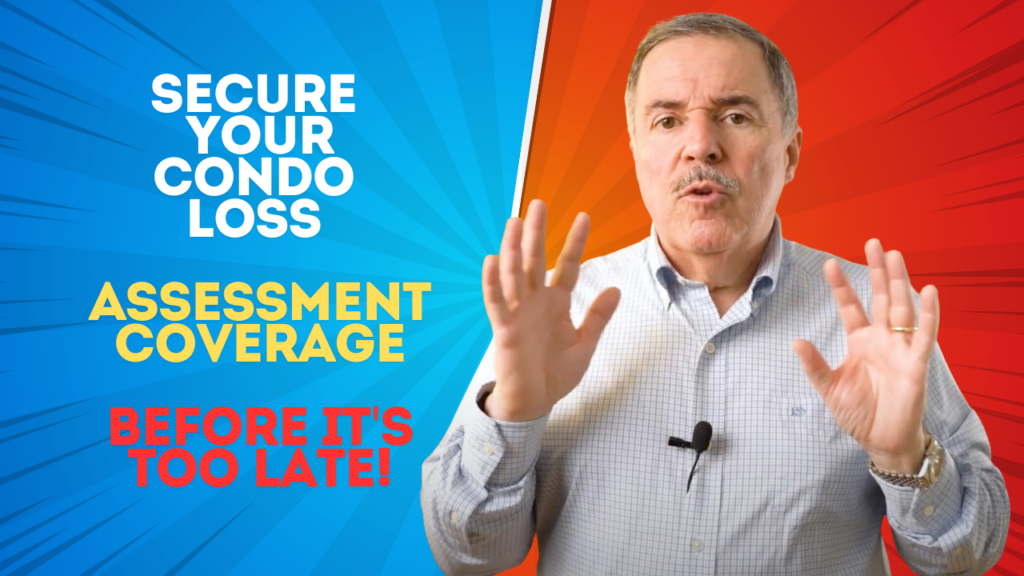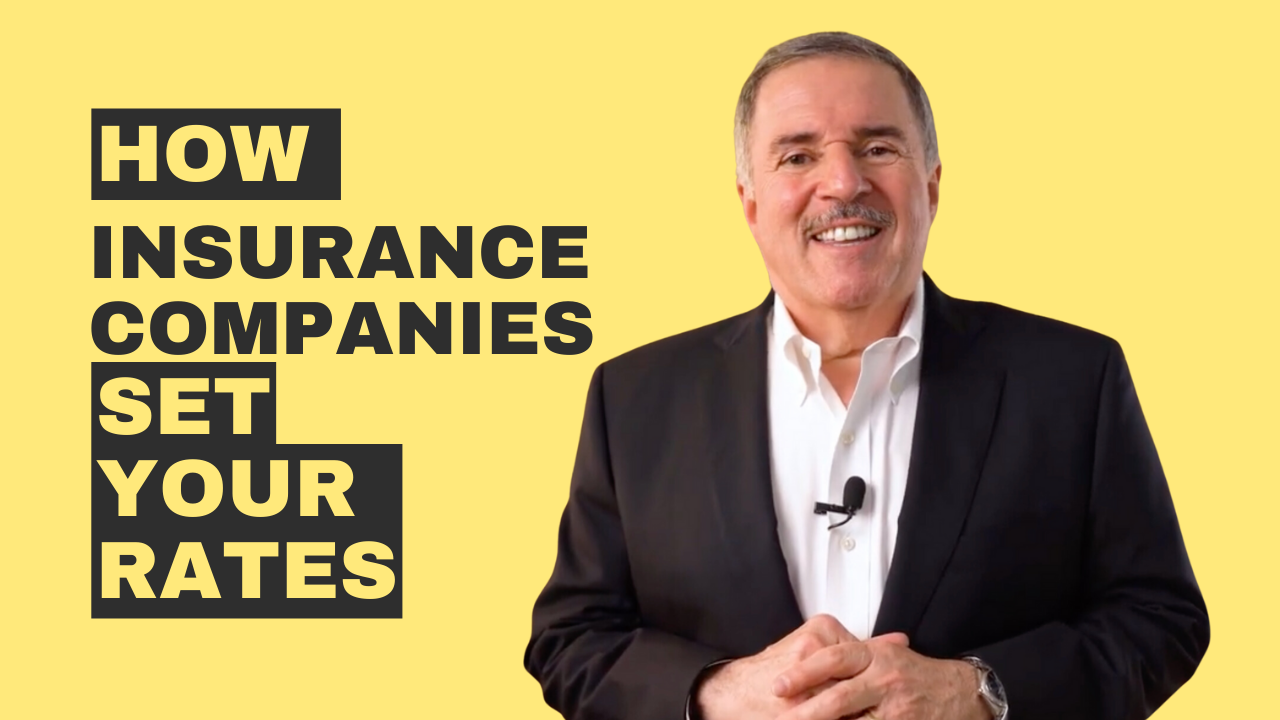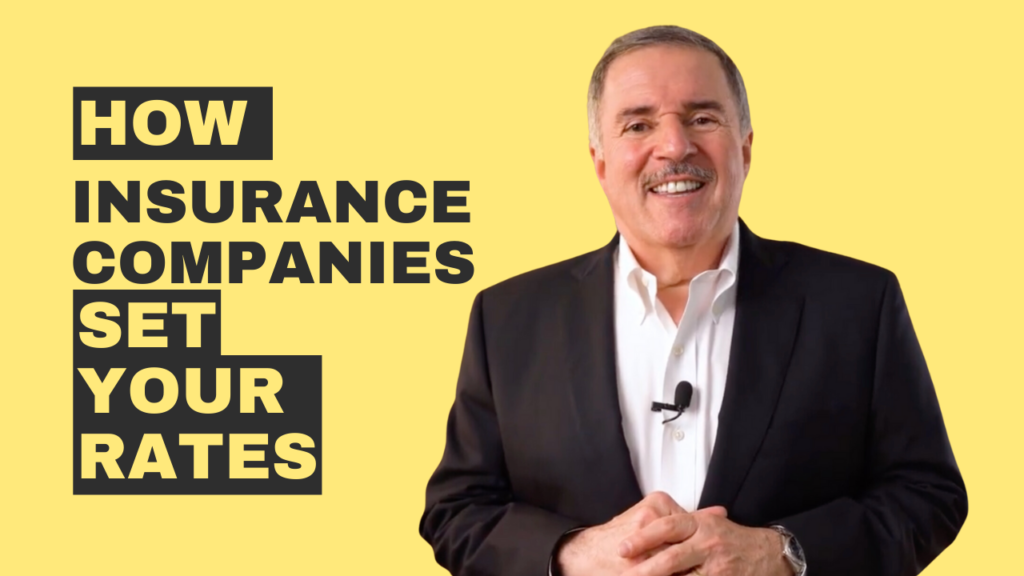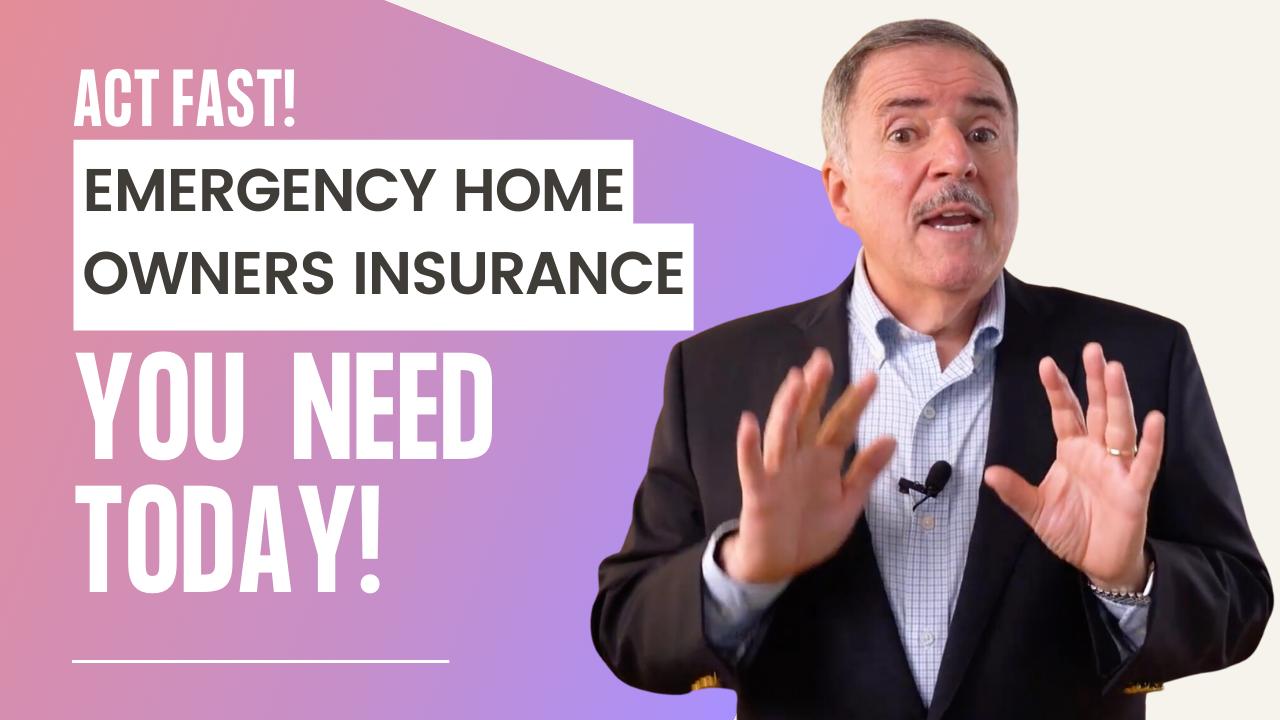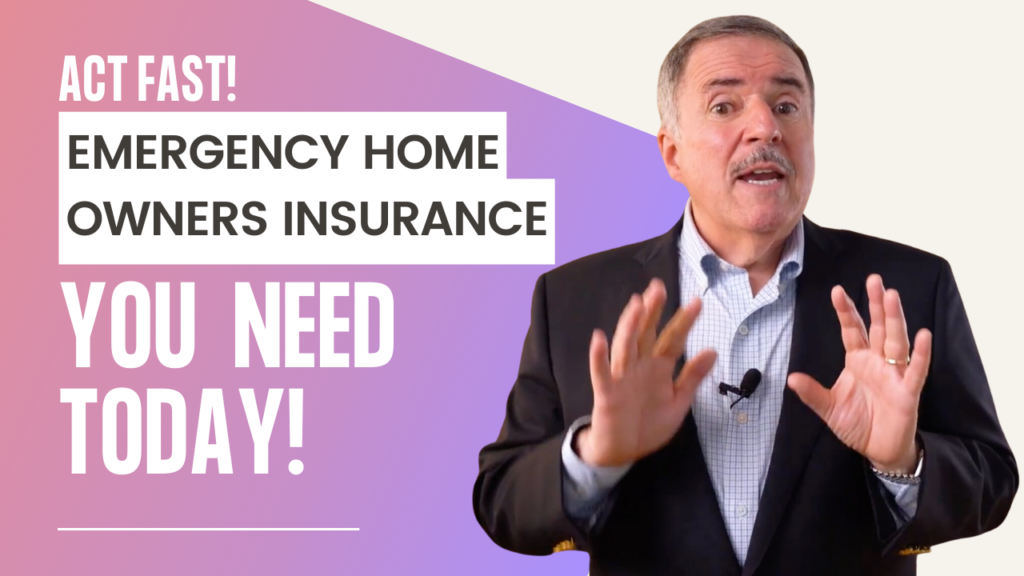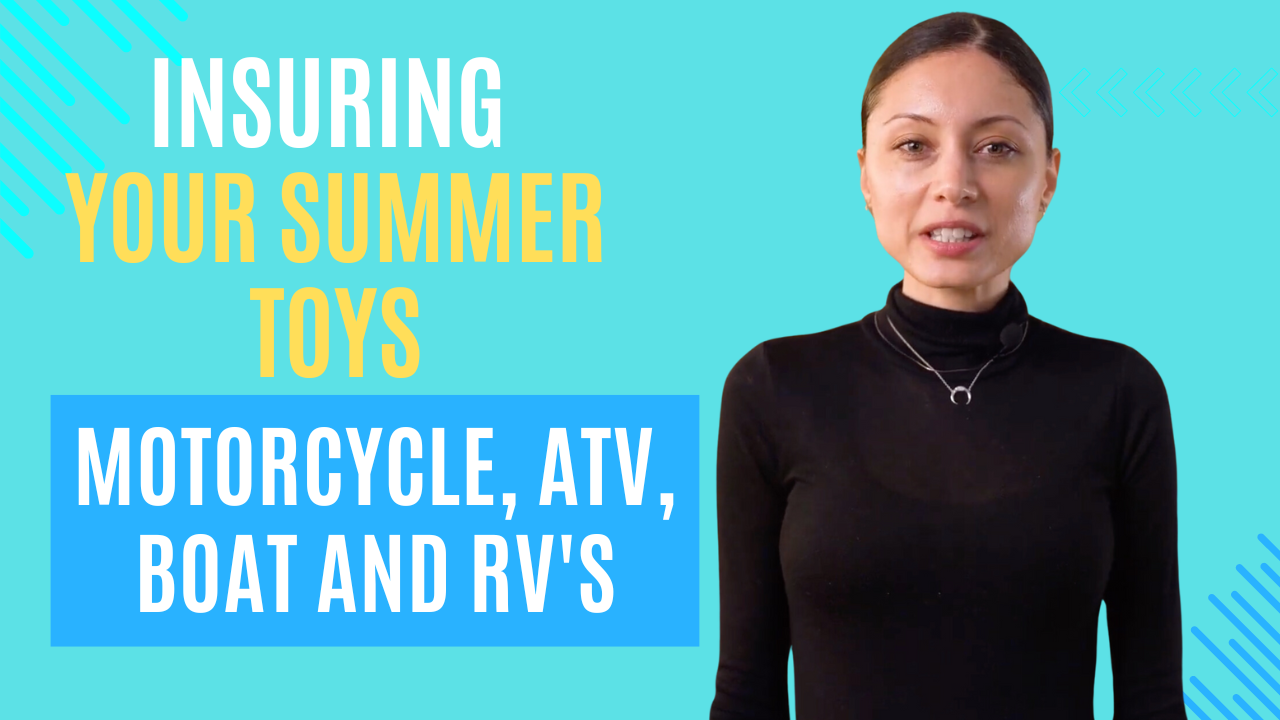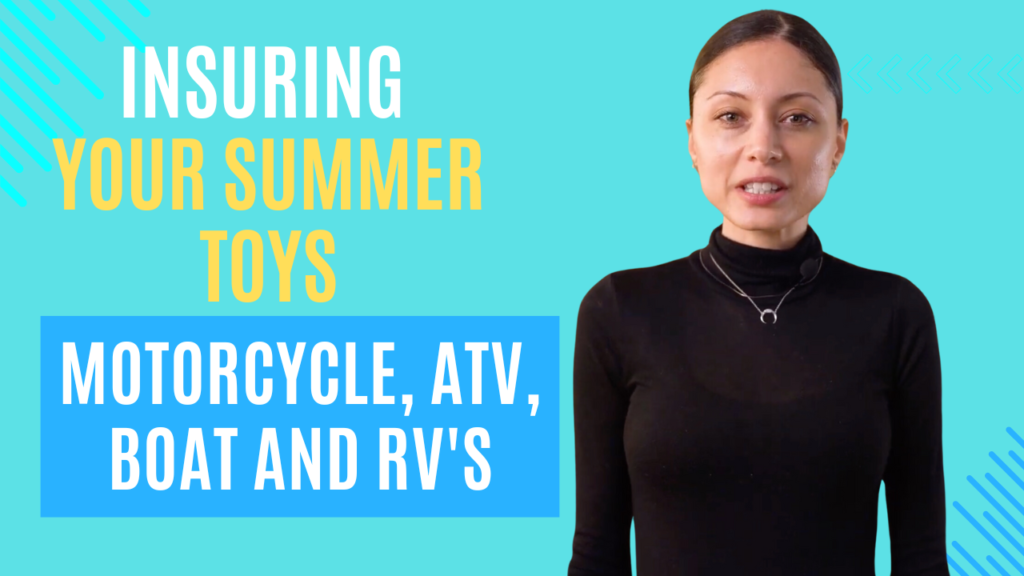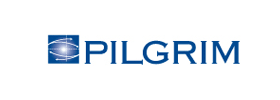MA Home Business: Is Your Home Insurance Covering You?

Understanding the Limits of Home Insurance for Business Purposes
Massachusetts homeowners insurance policies are designed with specific protections in mind: safeguarding the building, your personal possessions, and providing liability coverage for residential situations. However, when it comes to home-based businesses, these policies often fall short. Many homeowners are surprised to learn that their standard insurance may not adequately cover their business activities. Let’s delve into the complexities of home-based business coverage and explore your options.
The Gap Between Home and Business Insurance
Your typical Massachusetts homeowners insurance policy is crafted with residential risks in mind. The language and pricing of these policies reflect this focus. As a result, the protections afforded to your home-based business are likely to be very limited. While some coverage may exist, it’s crucial to ensure that your business activities don’t inadvertently invalidate your home insurance. Different types of businesses will have varying needs, so let’s examine two key areas of concern.
Business Inventory: A Common Oversight
Many home-based businesses involve selling goods or products. If you’re storing inventory in your home, you might encounter significant insurance gaps. Most home insurance policies in Massachusetts have strict limits on coverage for business personal property or product inventory. This sub-limit can severely restrict the compensation you receive in the event of a claim.
For instance, imagine you’re storing $50,000 worth of inventory and business-related electronics in your home. If a severe storm damages your property and your business personal property sub-limit is only $5,000 (coverage varies by company and policy types), you’d recover less than 10% of your valuable items’ worth. To avoid this scenario, consider a dedicated business policy that provides comprehensive protection for your business contents.
Liability Coverage: Are Your Business Visitors Protected?
If your home-based business involves clients visiting your home – whether you’re a hairstylist, a CPA, or offer any other service – you need to carefully consider your liability protections. While your homeowners insurance typically covers personal liability and medical payments for guests, these protections may not extend to business-related visitors.
The policy language is often very specific about how this protection is afforded. In other words, if a client slips and falls during a business-related visit, your standard homeowners policy might not cover the incident. This gap in coverage could leave you vulnerable to potentially ruinous lawsuits.
Solutions for Comprehensive Coverage
Generally, there are two primary ways to properly protect your business and inventory. Depending on your specific circumstances, one option may be more suitable than the other. This is where the expertise of a local independent insurance agent becomes invaluable.
- Home-Based Business Endorsement: Some insurance companies in Massachusetts allow you to add a home-based business endorsement to your existing policy. This additional coverage can protect the inventory in your home against loss. It’s typically used when there are few or no visitors to the home. However, it’s crucial to understand the personal liability portion to ensure any business visitors are covered under the endorsement.
- Standalone Business Policy: For more robust coverage, consider purchasing a low-cost standalone business policy tailored to home-based businesses. These policies usually offer a comprehensive package covering inventory, personal property, and liability for visitors. While this option may add to your monthly overhead, it provides the most complete protection for you and your business.
The Importance of Professional Guidance
Navigating the complexities of insurance coverage for home-based businesses can be challenging. That’s where Vargas & Vargas Insurance comes in. Our local agents work for you, not for big insurance companies. We have the ability to search across the marketplace for the best solution tailored to your specific needs.
Remember, all insurance companies obtain information about clients and their claims from LexisNexis, a comprehensive database used industry-wide. This means your insurance history follows you, making it even more critical to have the right coverage from the start.
Take Action to Protect Your Home-Based Business
If you’re running a home-based business in Massachusetts or considering starting one, don’t leave your livelihood to chance. Reach out to Vargas & Vargas Insurance today. Our experienced agents can review your current coverage, assess your business needs, and help you find the perfect insurance solution.
Don’t wait for a claim to discover gaps in your coverage. Contact Vargas & Vargas Insurance at 617-298-0655 and ensure your home-based business is properly protected. Your peace of mind and financial security are worth the call.


